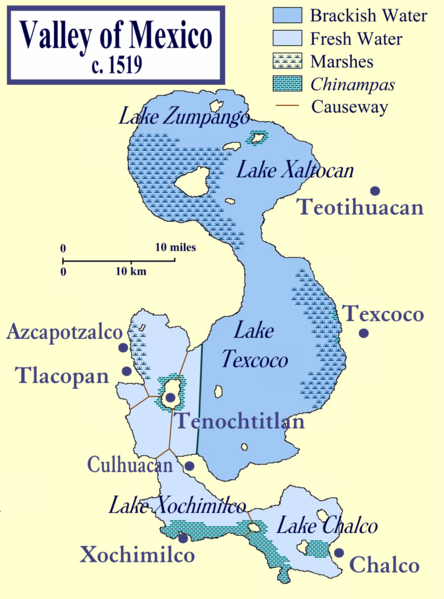Mexican Axolotl or "Mexican walking fish"
Native Habitat
The Mexican Axolotls, like its name implies, is native to parts of Mexico. Found in the high-altitude lakes near Mexico City, the axolotls is historically native to the lakes of Chalco and Xochimilco. Unfortunitly, today only Lake Xochimilco is there and along with the drying up of Lake Chalco, much of the Axolotls' habitat dried up with it. Due to this decrease in native habitat, the Axolotls is listed on the CITES endangered species list and is close to extinct in the wild.
Aquatic life
Recently, the Axolotl has started making its come back but not in the wild, but in a fish tank near you. The axolotls has been put in the spot light appearing on National Geographic's top ten weirdest animals as number one. This fascinating animal has caught the eye of many amphibian lovers, not only with its distinct external gills but also the variety of color patterns they are found in. To learn more about how to care for your axolotls, visit Caring for your Axolotls.
The axolotls is also housed in many genetic testing centers. It is being used as a model organism in many experiment on hormone levels, genes taken from the Axolotl hearts, pigmentation, vision, and developmental gene expression. Even though the axolotls many be located on the endangered species list, one can still find the embryos at the Ambystoma Genetic Stock Center.
The Axolotl is an aquatic salamander that
possess external gills to help in the process of respiration. These
external gills are a characteristic that is usually found in the larval form of
most salamanders, the Mexican Axolotls is unable to go through metamorphosis to
change into an adult form. This characteristic is one of the most unique
adaptations that classifies the Axolotl. To learn more about the axolotls
adaptations, you will have to continue on to
Adaptations.

